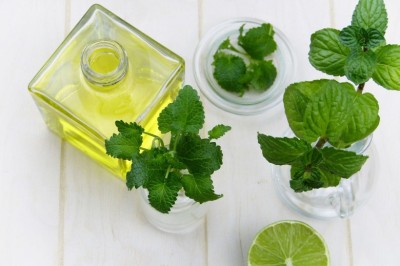
Blisters - Causes, Symptoms, Prevention, Treatment
Common causes of blisters include friction and burns. If the blister isnt too painful, do everything possible to keep it intact. Unbroken skin over a blister provides a natural barrier to bacteria and decreases the risk of infection. Cover a small blister with an adhesive bandage, and cover a large one with a porous, plastic-coated gauze pad that absorbs moisture and allows the wound to breathe.
A blister is a small pocket of fluid in the upper skin layers and is one of the bodys responses to injury or pressure. The feet are particularly prone to blisters. Ill-fitting shoes or friction can damage the skin, and a blister forms to cushion the area from further damage as it heals. The body gradually absorbs the fluid as the underlying skin recovers. This can take around one week or so. Depending on the cause and location, a blister can range from the size of a pinprick to two centimeters or more in diameter.
Cause Of Blister include:
Burns from exposure to heat, electricity, chemicals, radiation from the sun, or friction.
Cold injuries from being exposed to cold or freezing temperatures.
Blisters or reddened skin may also be caused by an allergic ("contact") reaction to chemicals such as formaldehyde or rubber. If a rash is confined to the soles of the feet (shoe inserts) or top of the feet (shoe tongue dye), suspect this problem. In this case, the footgear must be changed.
Symptoms
Blisters usually manifest as a swelling on the skins surface that contains fluid. Some blisters may be painless, while some may be sensitive to pressure and cause discomfort. Blisters may form singly or in clusters, depending on what caused them to develop. Blood blisters are colored dark and are normally more painful than other blisters. Infected blisters contain yellow or green pus. Like blood blisters, they are painful to the touch. The skin surrounding an infected blister may appear red or there may be thin red streaks. It may also feel warm. In most cases, the fluid within the bubble is slow reabsorbed by the body as new skin grows under it.
How To Prevent Blisters
Blisters are also caused by friction, heat and sweating. Most of the same preventative measures apply, but walkers will try almost anything to prevent blisters.
Stay hydrated - Same as above, be sure to stay properly hydrated including sodium replacement if needed.
Shoes - As with many other walking ailments, begin with the shoes. Your shoes must fit properly to avoid blisters. Too snug or too loose is always a problem.
Blister Treatment
Mismanaged blister treatment is a common occurrence. Many individuals believe that you should not pop or remove a blister. This is still a controversial issue. As a healthcare provider, I have had good success with the following treatment: If you have medical care that is close by, go ahead and pop the blister and remove it. The skin is dead. It is not painful. After cutting the blister away, irrigate the wound by cleaning with water. Apply a topical antibiotic such as Bacitracin and bandage.
Read About Herbal Remedies, Herbal Supplements Also read about Herbal Remedies, Herbal Supplements Directory and Herbal Remedies, Herbal Supplements for Beauty




































